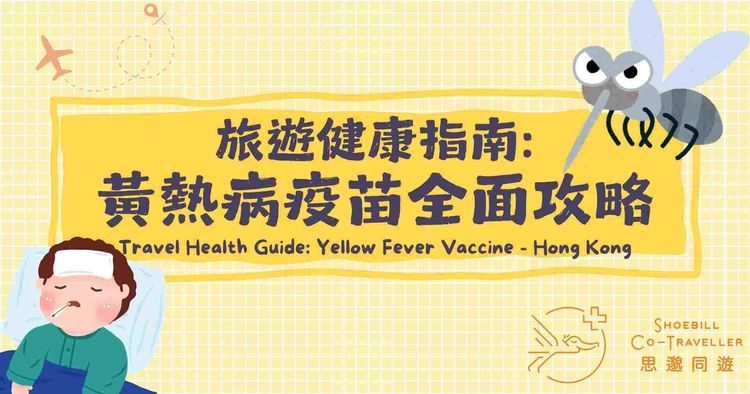
Typhoid fever may not be well-known among people in Hong Kong, but it is a serious and potentially deadly disease that travelers should understand before departure. Each year, there are approximately 11 to 21 million cases worldwide, resulting in around 135,000 to 230,000 deaths. This infection is quite common in regions such as East Asia, Southeast Asia, Africa, the Caribbean and Central and South America, and it primarily spreads through the consumption of contaminated food and water.
What is Typhoid Fever?
Typhoid fever is a contagious disease that can affect multiple organs in the body and is caused by the bacteria Salmonella Typhi. Common symptoms include persistent high fever, headache, fatigue, nausea, abdominal pain, loss of appetite, and either constipation or diarrhea. Some patients may develop rose-colored spots on their skin and there may be enlargement of the spleen and liver. Severe cases can lead to life-threatening complications such as intestinal bleeding or perforation.
The bacteria that cause typhoid fever are expelled through the feces and urine of infected individuals, contaminating food, water sources and beverages. Commonly contaminated foods include shellfish (especially oysters), raw fruits and vegetables, as well as unpasteurized milk and dairy products.
Common Misunderstandings About Typhoid Fever
Misunderstanding 1: Typhoid Fever Only Affects Certain Types of Travellers
Many people mistakenly believe that typhoid fever only affects backpackers or adventurous travellers. In reality, anyone travelling to areas where typhoid fever is prevalent can be at risk. Family travellers, business people and tourists visiting popular attractions can all be affected if proper precautions are not taken.
Misunderstanding 2: Drinking Bottled Water is Sufficient to Prevent Typhoid Fever
Some people think that drinking bottled water can completely prevent typhoid fever. While bottled water is generally safer than tap water, it is crucial to check that the seal is intact and that it comes from a reliable source. In some areas, contaminated bottled water can still be found. Additionally, drinking ice made from contaminated water can pose risks, so it is advisable to avoid ice in beverages if you are unsure of its safety.
Misunderstanding 3: Being Careful with Food Means No Need for Vaccination
Even if food looks and smells normal, it may still be prepared by an infected person and contain typhoid fever bacteria. Vaccination is a key preventive measure and everyone travelling to areas where typhoid fever is common should get vaccinated.
Prevention: Typhoid Fever Vaccine
There are currently two types of vaccine available to prevent typhoid fever: an inactivated vaccine and a live attenuated vaccine. In Hong Kong, only the inactivated typhoid fever vaccine is available and it is recommended for individuals aged 2 years and older.
It is essential to get vaccinated at least two weeks before travelling to areas where typhoid fever is prevalent. For those who remain at risk, booster doses are recommended every two years. At Shoebill Co-Traveller, we offer the inactivated typhoid fever vaccine - Typhim Vi (Sanofi), to ensure your safety during travel.
Reference:
Typhoid Fever and Paratyphoid Fever (CHP, 2024)
Typhoid & Paratyphoid Fever (CDC Yellow Book, 2024)


